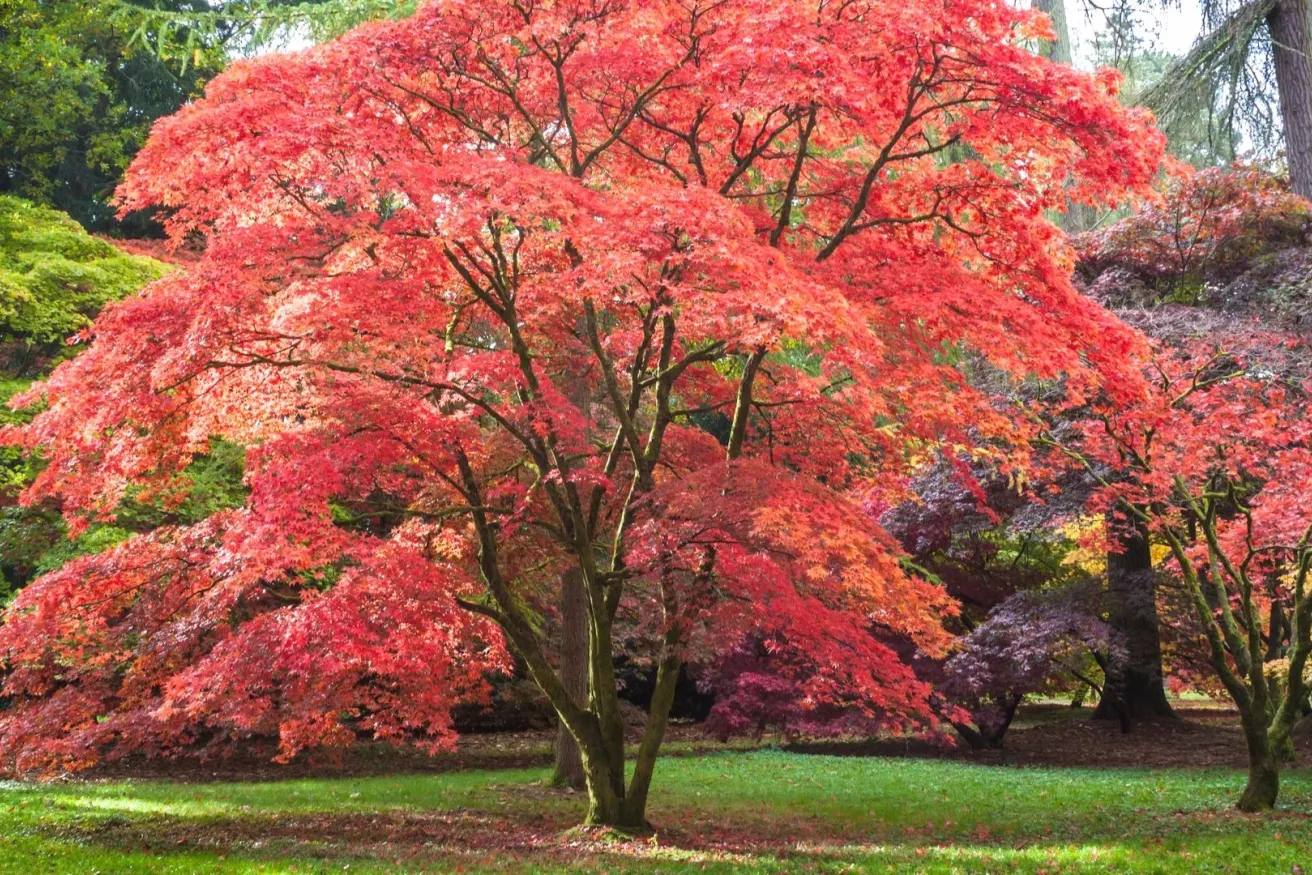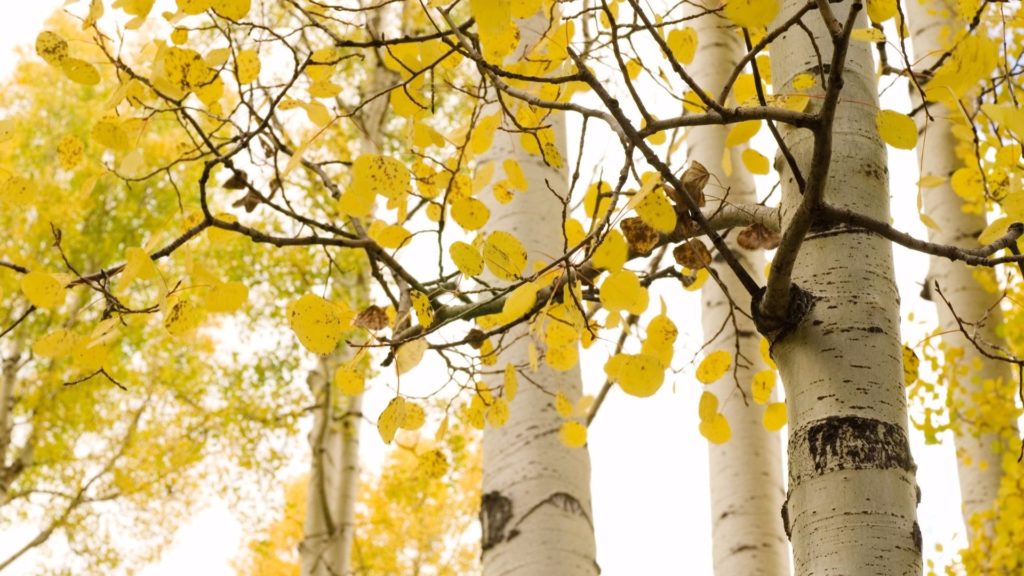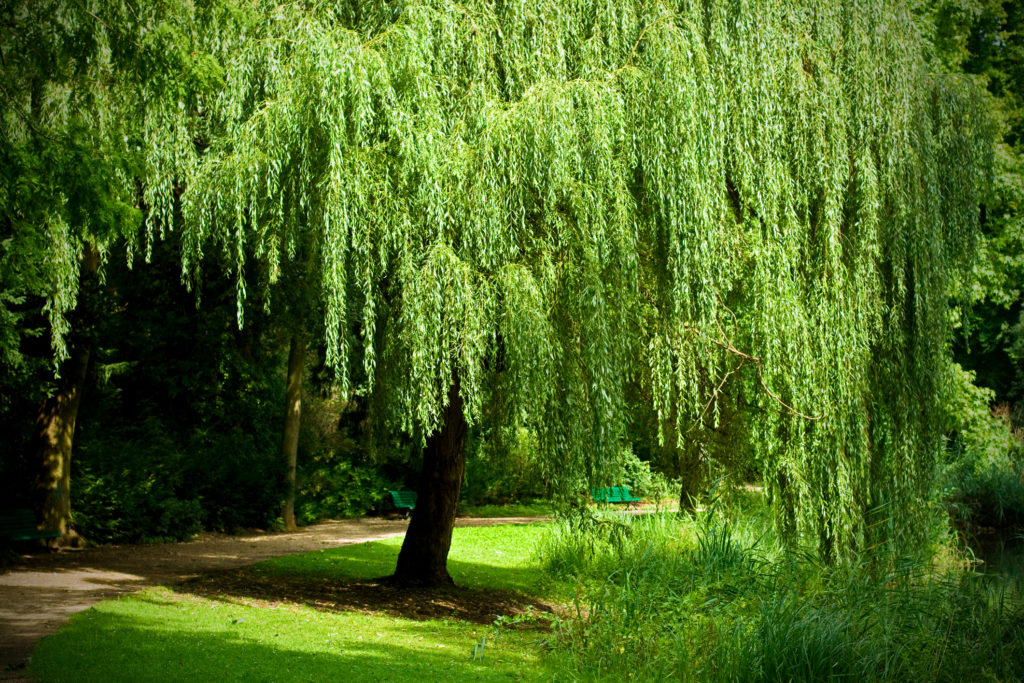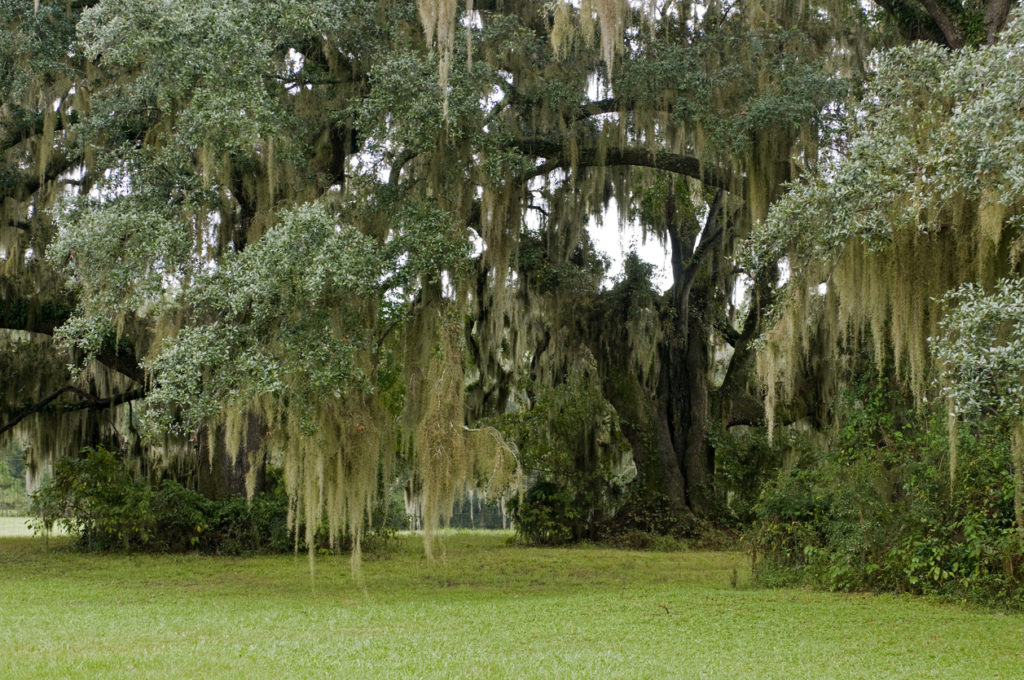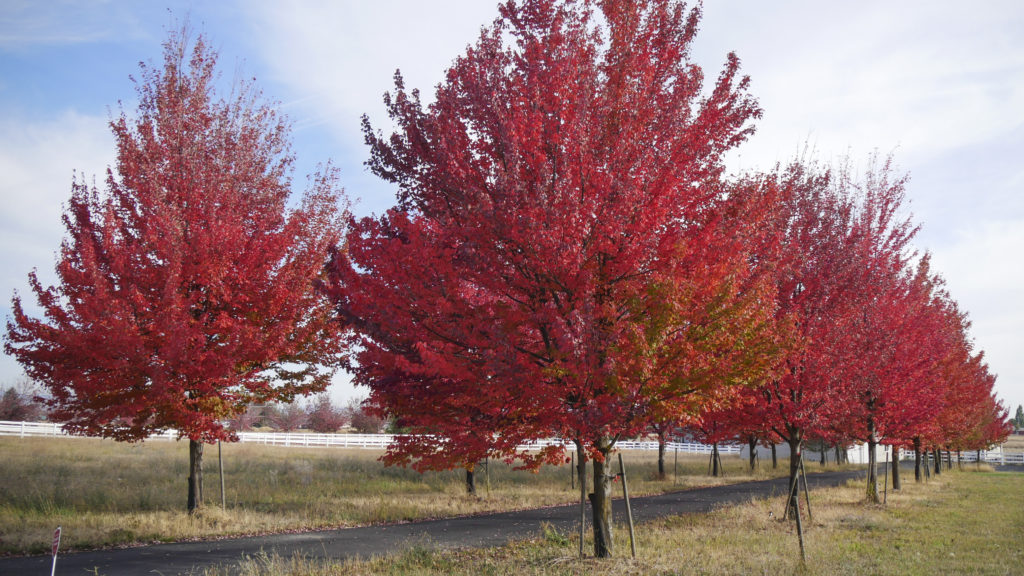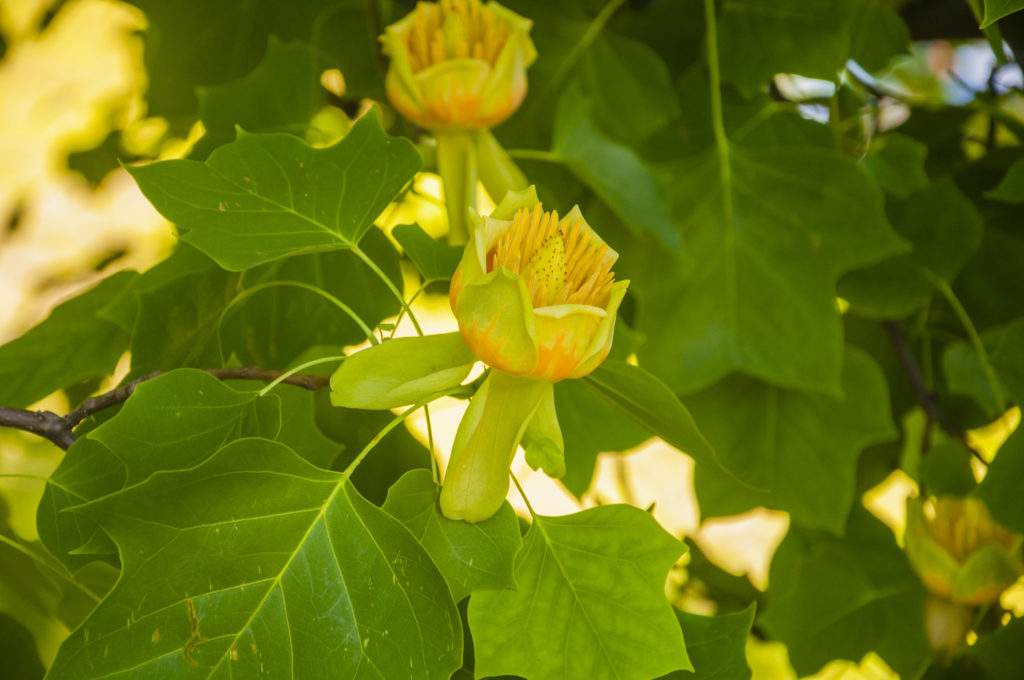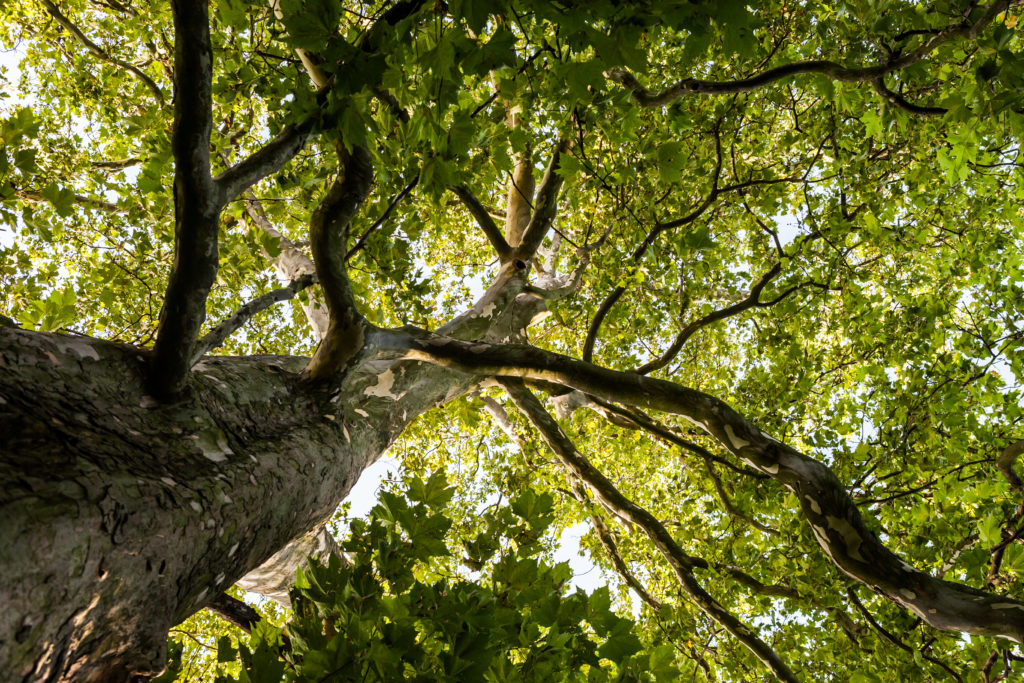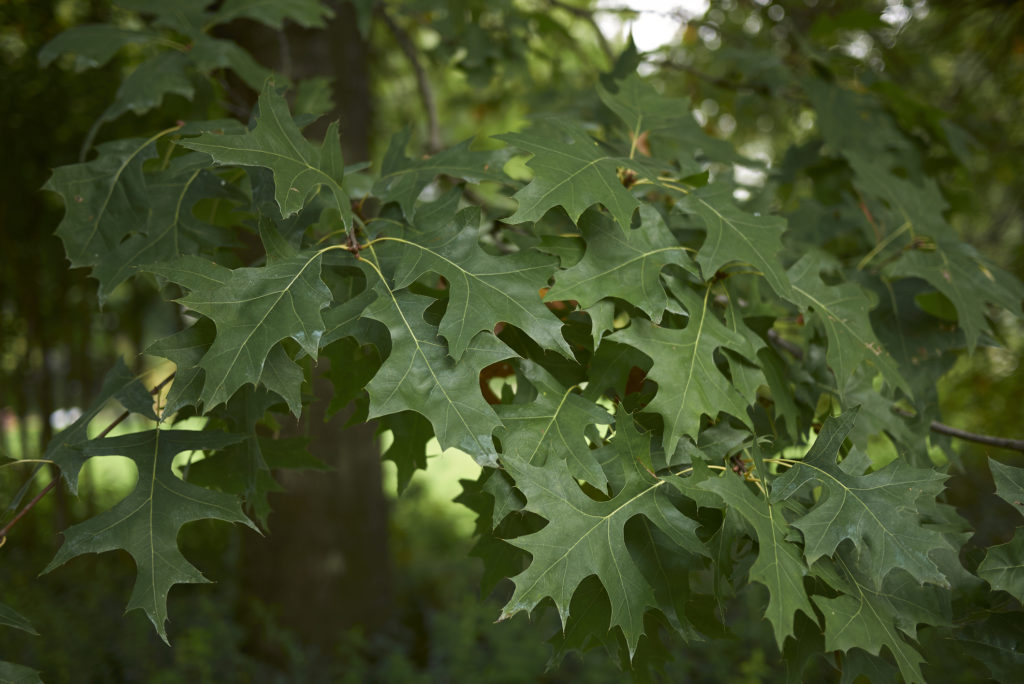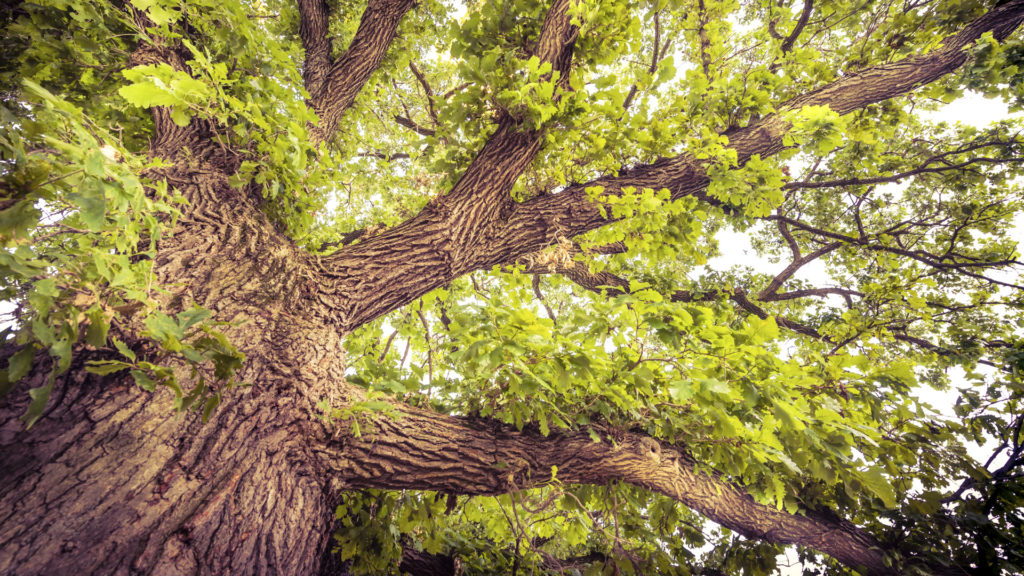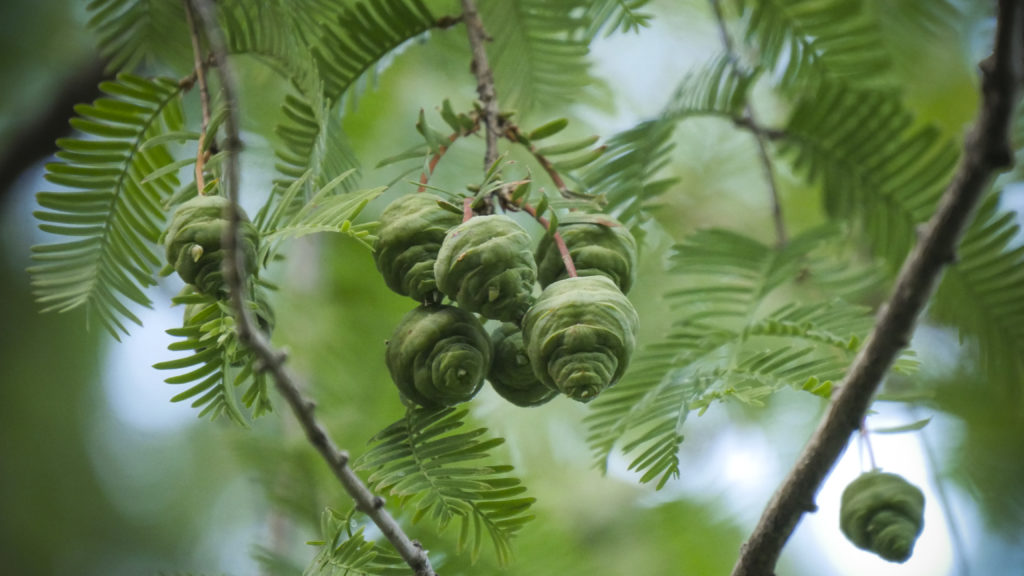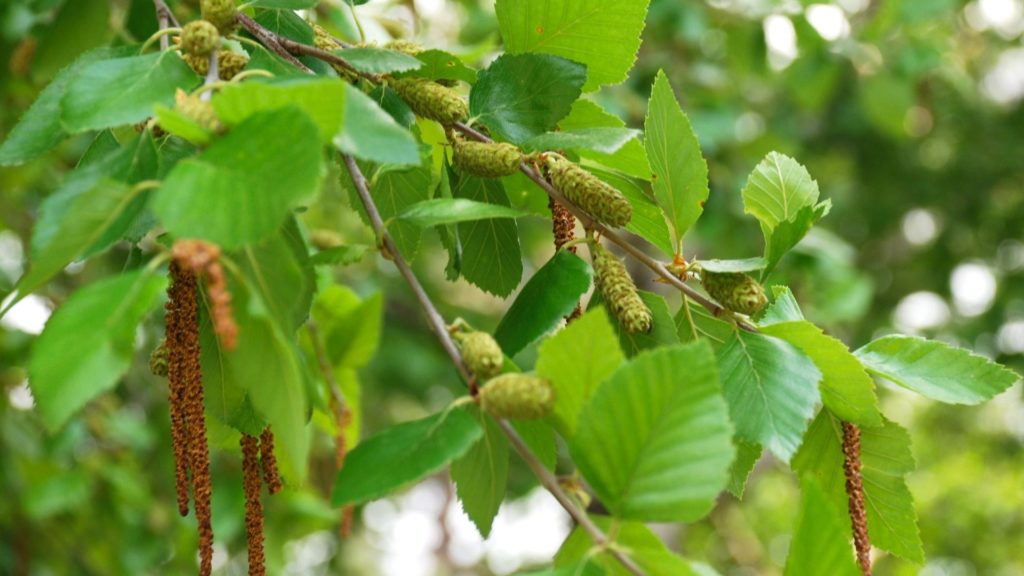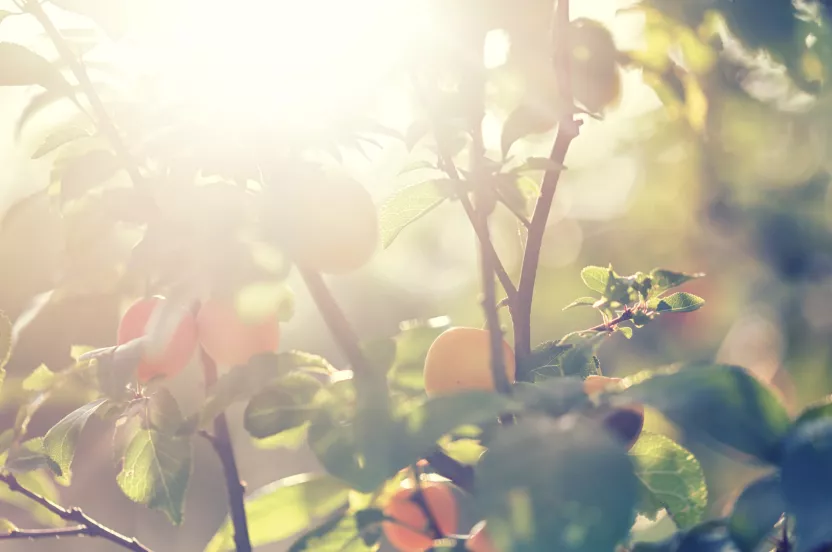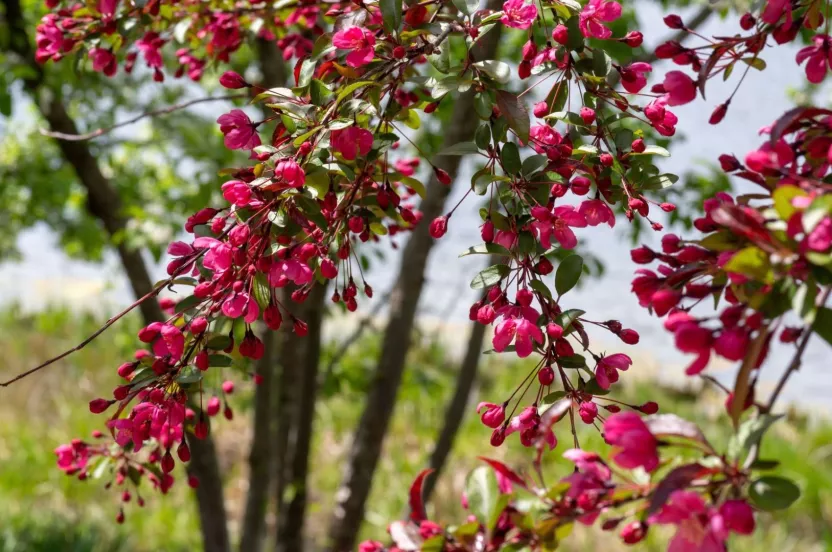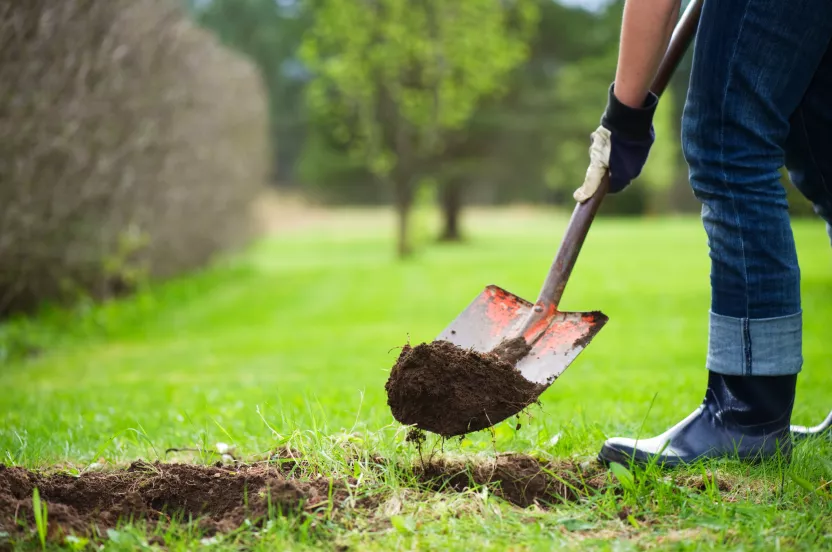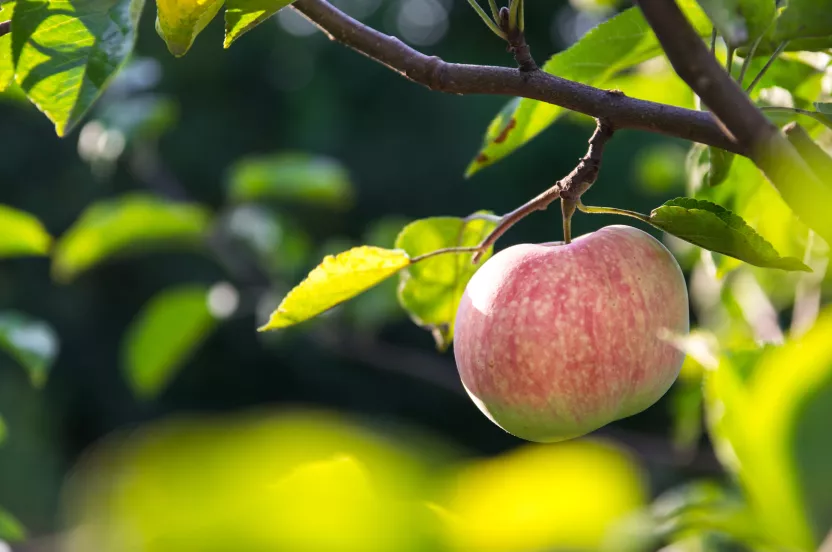Now live: The 2025 Canopy Report. Learn how Americans see trees. GET THE REPORT
The right shade trees can add beauty and cooling shade to your yard. And your choices are vast. Check out some of our favorites from the Arbor Day Foundation's tree nursery.
1. Quaking Aspen
Scientific Name: Populus tremuloides
Hardiness Zones: 1–7
This fast-growing shade tree not only provide shade but also grows almost anywhere. It has a wide natural range and tolerates many soil conditions. In Autumn, the stunning yellow foliage brightens the landscape and finds its way onto calendar pages and magazine covers.
2. Weeping Willow
Scientific Name: Salix babylonica
Hardiness Zones: 6–8
This graceful giant is known for its open crown of wispy, ground-sweeping branches and long, slender leaves. The tree is easy to grow and quick to take root, reaching heights between 30' and 40' and nearly the same width. It lends itself well to planting singly or in small groves near the edge of ponds, lakes, and rivers.
3. Live Oak
Scientific Name:Quercus virginiana
Hardiness Zones: 7–10
Often seen magnificently draped in Spanish moss, the live oak is the iconic tree of the South. It has been called one of the most impressive North American trees and can live to be hundreds of years old. With a spread of 60–100 feet, this tree offers significant shade for expansive spaces.
4. Red Maple
Scientific Name: Acer rubrum
Hardiness Zones: 3–9
The red maple is one of the best named of all trees. There is something red in all seasons — buds in winter, flowers in spring, leafstalks in summer, and brilliant foliage in autumn. This pageant of color, along with the tree's relatively fast growth and tolerance to a wide range of soils, makes it a widely planted favorite.
5. Tuliptree
Scientific Name:Liriodendron tulipifera
Hardiness Zones: 4–9
One can argue about whether the "tulips" are the outline of its leaves or its cup-shaped flowers. But both undoubtedly contributed to the fanciful name given to this tree by early settlers. The tallest of the eastern hardwoods, this tree contributes to your landscape throughout the seasons —beautiful flowers in the spring, cooling shade in the summer, and vibrant yellow color in the fall.
6. London Planetree
Scientific Name:Platanus x acerifolia
Hardiness Zones: 5–9
The London planetree is a widely planted street tree, and for good reason. It can withstand air pollution, drought and other adversities while providing wonderful shade. Strong limbs also help make the London planetree a good choice where site conditions allow for its large size. The unique bark and interesting branching give it amazing visual appeal year-round.
7. Pin Oak
Scientific Name:Quercus palustris
Hardiness Zones: 4–8
The pin oak is the type of tree that stands out from its neighbors. Its distinctive branching pattern sets it apart from other oaks, and the shade it provides is dense and widespread. Homeowners like this tree for many reasons including its tolerance of many soil conditions, heat, soil compaction and air pollution. The pin oak is also fast-growing and easy to plant.
8. Bur Oak
Scientific Name:Quercus macrocarpa
Hardiness Zones: 3–8
The bur oak is a mighty sight to behold. A coarsely textured crown, wild and woolly acorns and a massive trunk with rough and deeply furrowed bark combine to make one impressive tree. It is also a long-lived tree that offers dense shade and tolerates pollution and heat.
9. Dawn Redwood
Scientific Name: Metasequoia glyptostroboides
Hardiness Zones: 5–8
The dawn redwood is a beautiful tree in parks, golf courses, and other sites large enough to accommodate its size. It is relatively care-free and is a tough and beautiful specimen tree in any large landscape. Always a conversation piece thanks to its history.
10. River Birch
Scientific Name: Betula nigra
Hardiness Zones: 4–9
As its name suggests, the river birch naturally grows along riverbanks. But as a landscape tree, it can be planted almost anywhere in the U.S. This birch is a popular choice thanks to its relatively fast growth, stunning yellow fall color, and cinnamon-colored bark that curls and peels once the tree is mature.
